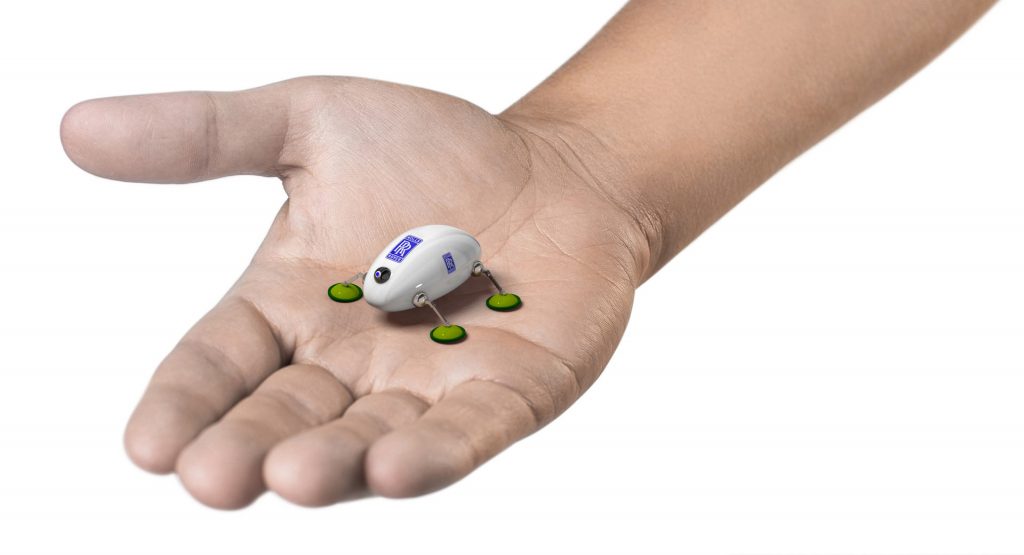Rolls-Royce has teamed up with the University of Nottingham and Harvard University to research and develop small robots designed to maintain aircraft engines.
The technologies, initially previewed at the Singapore Airshow earlier this year, include so-called SWARM robots. These microbots, each roughly 10 mm in diameter, would be deposited into the center of an engine via a larger ‘snake’ robot. Once in the engine, the microbots will be able to crawl around and conduct visual inspections of hard-to-reach areas.
A small camera affixed to each microbot would provide a live feed back to the human operator, saving vast amounts of time as ordinarily, airplane engines need to be removed for inspections.
Microbots roughly 4.5 cm in length have already been developed but Rolls-Royce is making progress on shrinking them further. Once these inspection robots become a reality, university researchers want to create robots that can actually complete maintenance tasks and repairs.
“They could go off scuttling around reaching all different parts of the combustion chamber,” Rolls-Royce technology specialist James Kell said.
“If we did it conventionally it would take us five hours; with these little robots, who knows, it might take five minutes.”
Alongside the SWARM robots and aforementioned snake robot, Rolls-Royce and the universities are also working on Inspect robots, roughly the size of a pencil, which would be permanently embedded within the engine. Thanks to thermal protection, they would be protected from the extreme heat of an engine and allow the engine to inspect itself.
“The advancements we are making in robotics are a great example of us bringing our IntelligentEngine vision to life. By exploring how we might use the rapid progress we are seeing in fields such as digital and robotics, we are ensuring that Rolls-Royce will continue to lead the way in service innovation, offering the very best value for our customers,” Rolls-Royce senior vice president of marketing, Richard Goodhead said.
If this all sounds like a Michael Crichton techno-thriller, well… that’s because the late author had made up a sentient swarm of nanobots that really didn’t play well with humans in his 2002 book Prey. Better be careful, then; you don’t want them to start behaving erratically when inspecting or fixing a plane’s engine, right?







